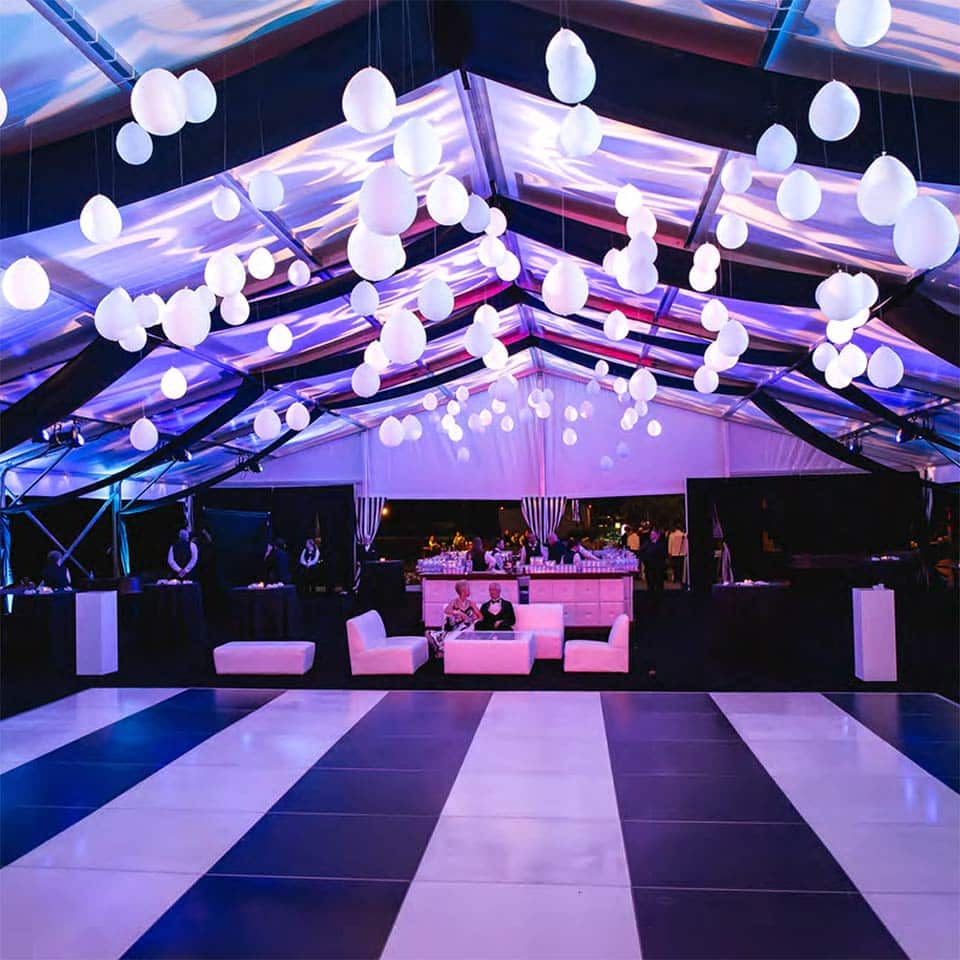A Life-changing Strength for Illumination at Enhancing Dancing Floor Visuals
A Life-changing Strength for Illumination at Enhancing Dancing Floor Visuals
Blog Article
Illumination plays a key role in shaping the ambiance of a dancing area. It can convert a simple space into an dynamic environment that boosts the overall encounter for dancers and audience alike. The correct lighting can impact the feeling, energy, and even the form of the performance being executed. By using different types of lighting, such as focused lights, colored lights, and flashing lights, event organizers can establish a dynamic setting that enthralls the spectators and promotes involvement.
One of the main functions of lighting on a dance floor is to illuminate the dancers. Focused lights can be used to direct attention on solo dancers or teams, making them the center of attraction. This technique not only showcases their actions but also adds a layer of drama to the performance. When dancers are illuminated effectively, their expressions and techniques become more visible, allowing the audience to appreciate their abilities. This focused lighting can also help to create a narrative, guiding the spectators through the show.
In furthermore to showcasing performers, colored illumination can greatly impact the atmosphere of the dancing area. Various colors elicit different feelings; for instance, warm colors like crimson and amber can create a sense of excitement and energy, while cooler colors like blue and green can promote tranquility and ease. By thoughtfully using colored illumination, event planners can manipulate the environment to align with the theme of the occasion or the style of the performance. This considerate approach to lighting setup can improve the overall experience for everyone involved.
Strobe lights and other active lighting features can also add thrill to a dancing area. These features can create a sense of rhythm and movement that complements the soundtrack being performed. When timed with the beat, flashing lights can make the dancing area feel alive, inviting dancers to groove in sync with the pulsing lights. This interaction between light and sound can boost Web Site the energy of the event, making it more pleasurable for both dancers and audience. The use of such effects requires careful consideration to ensure they improve rather than divert from the performance.
Finally, the overall setup of the lighting setup is crucial for establishing a cohesive aesthetic on the dancing area. A carefully planned lighting strategy considers the layout of the space, the type of dance being performed, and the audience's encounter. By combining various lighting techniques, such as ambient lighting, accent lighting, and unique features, planners can create a visually impressive setting. This focus to specifics not only improves the show but also leaves a lasting impact on the spectators, making the event memorable. In conclusion, the powerful influence of lighting is vital in enhancing dancing area appearance, creating an captivating and enjoyable experience for all.